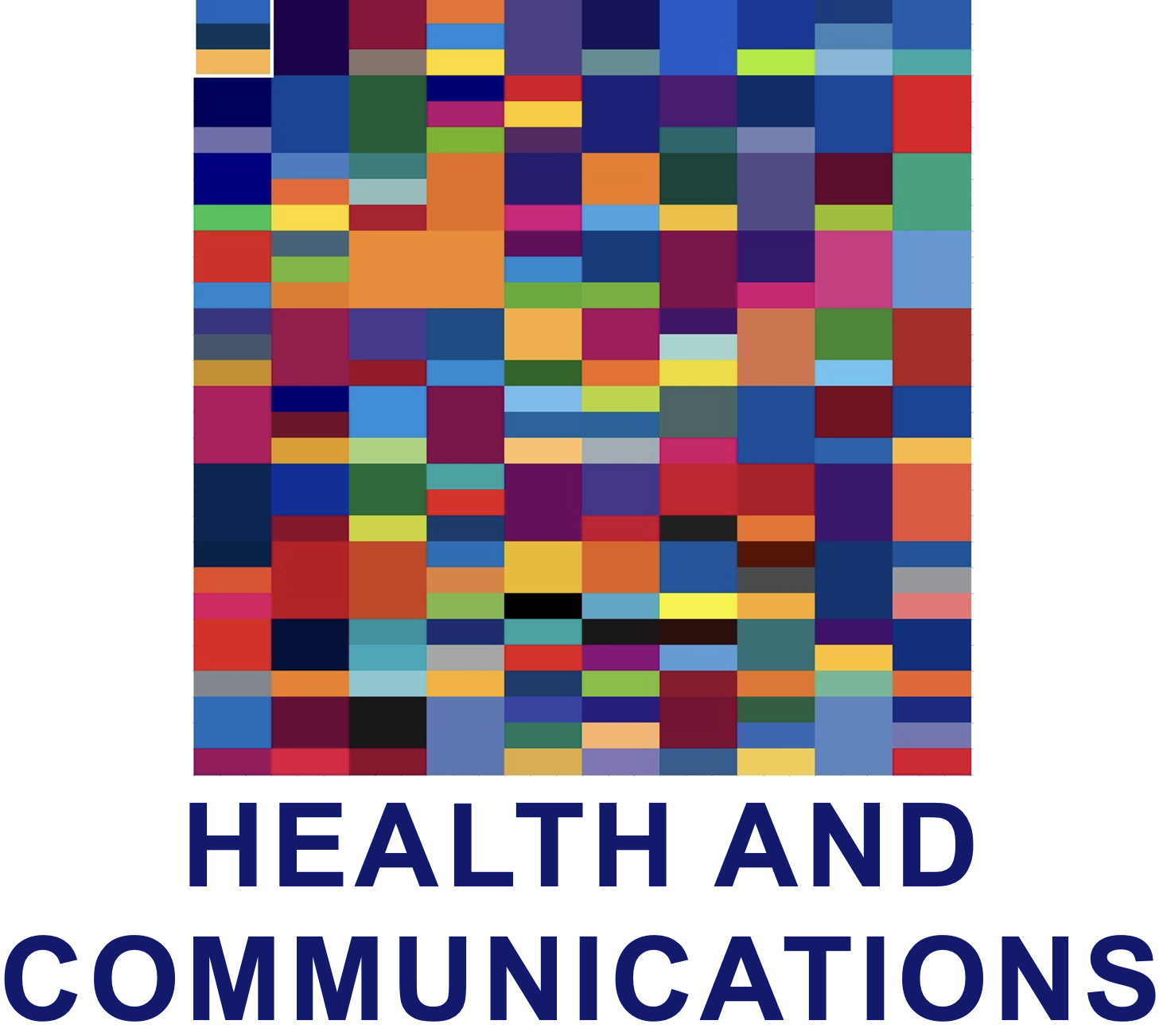Balancing Need and Hope
An essential key to effective NGO communications is carefully balancing expressions of need and hope. Whether in a solicitation, annual report, video, or even press release, these two concepts must align to engage viewers and move them to action.
And not only must these two ideas be in balance, they must also both be on the high-end of whatever scales are used to measure them. If you build a simple McKinsey square of these terms, you can quickly see that there is only one quadrant that would engage public and stakeholder interest: high-need : high-hope.
If need is low (either affecting a small number of people or posing only a small threat to their well-being) even if there is every expectation of alleviating it, the response will be ‘why bother’ because there are so many other causes more worthy of support. On the other hand, if the need is high but there is no reasonable expectation of improving the situation, it is simply hope-less.
Nor does ‘balance’ mean simply presenting both need and hope in the same appeal. They must also be spatially or visually balanced; you can’t spend the first three paragraphs of a solicitation describing the need and only later introduce the hope. They must be present and coupled from the start.
There are two situations where need and hope are not high-balanced but where inaction or inadequate response could rapidly transition them to a new state. Generating interest in and action for these potential-transition situations is very difficult because you’re asking the audience to imagine a far worse situation, which may or may not occur. Doing this without seeming to be alarmist is no easy task.
One is the low-need : high-hope combination that threatens to become high-need : high-hope if nothing is done. The current measles outbreak in the U.S. is a good example of this. At this point, relatively few people have been affected and there is no doubt that we know how to treat (and more importantly, prevent) such outbreaks. But because measles is so contagious and vaccination rates have fallen, it could well tip into the high-need : high-hope quadrant is not addressed quickly.
The other is the low-need : low-hope combination that could become high-need but remain low-hope. Think Ebola. An outbreak begins with just a few cases (low-need) and there is little that can be done for these patients beyond palliative care, especially when up against the more virulent strains. But if not tamped down immediately, such outbreaks could (as we’ve unfortunately seen) become a high-need situation, but still without much hope of offering cures.
The Other Literacy
The other literacy we all have is the ability to read faces, to understand in an instant and usually with great accuracy what someone else is feeling. And since photographs are ‘read’ before words in any document, they should be chosen with the greatest of care to reflect the need / hope balance. Nowhere is this more succinctly expressed than in the eyes. Show a child with downcast eyes and hope is simply not present. Show the same child with bright eyes looking away from the viewer and need is minimized. Find the right expression, the right balance, and pictures alone could tell your story.




